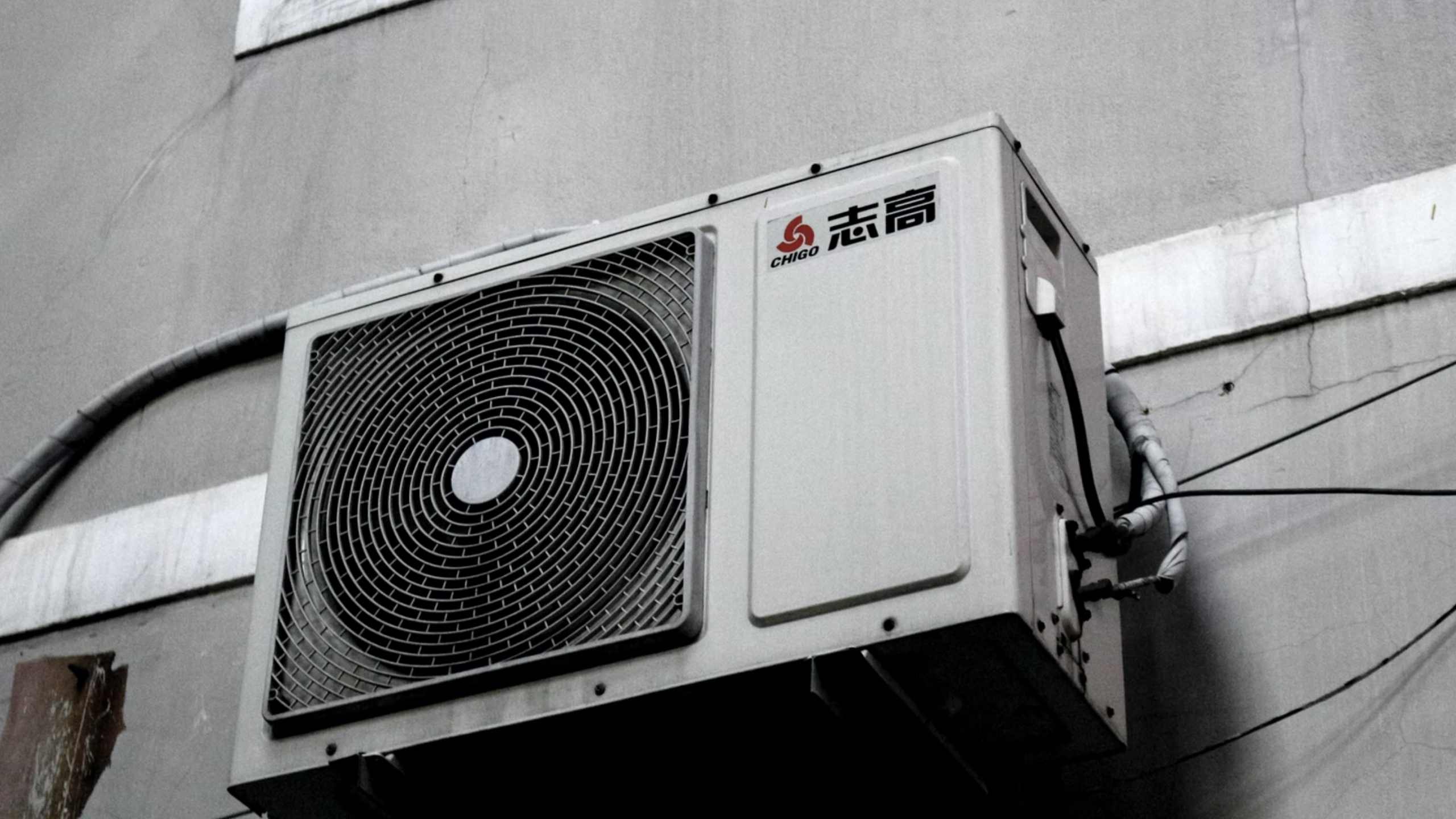By Silas Le Blanc
With Ryerson students returning to in-person learning for the first time since March 2020, the university says it’s been trying to find ways to limit the spread of COVID-19 on campus as much as possible.
The university has implemented its ventilation systems to meet the Minimum Efficiency Reporting Value (MERV) recommendations, which is a measurement scale that indicates the effectiveness of air filters. Ryerson’s ventilation systems currently have MERV 13 filters installed, which is in line with what hospitals are required to use according to Grainger.
According to the website, air filters with a MERV rating from 13 to 16 are applicable for general surgery rooms, hospital inpatient care and smoking lounges. Some of the contaminants they can control are sneeze droplets, auto fumes and bacteria.
In an interview with The Eyeopener, Timothy Sly, a professor at the School of Occupational and Public Health, spoke in more detail about how proper ventilation systems can help prevent the spread of COVID-19.
Like wearing a mask or being vaccinated…ventilation systems cannot fully protect against the virus, but it can help reduce the risk
Although the initial worry with the virus was the existence of larger droplets in the air, “research continues on to…realize that sometimes you’re going to get viruses that float to a much longer distance,” said Sly. “That’s where the smaller droplets come in. Of course, the [two-metre distancing rule] isn’t really a part of that anymore. The disease can float around.”
Sly used the analogy of hitting a cushion in a room with the sun shining through the windows. The small dust particles become visible, and tend to float around in the air for a long time. “That’s called the aerosol, and it’s the aerosol that we’re more worried about than the distance,” he said.
With regards to the MERV 13 ventilation system, Sly claimed that no viable virus was found after having passed through the ductwork and filtering, and back into the room. However, this does not mean that filtering can prevent spread of the virus completely.
“Obviously, you can’t turn on the ventilation system and…all the viruses that are floating in the room will immediately get sucked into the system and be destroyed,” he said. “That just doesn’t happen.”
“Your risk is going to become lower and lower. It’s still not zero but it can become lower”
Although the amount of air entering and leaving a room can be measured, this does not mean that all of the air can be removed. Instead of being removed completely, the air becomes diluted.
Sly explained: “It’s like pouring warm water at one end of a bathtub, and you’ve got the plug pulled out at the other end. There’s a lot of mixing going on, so technically, you never really get rid of the original water, it’s all there, but being more and more diluted.”
Like wearing a mask or being vaccinated, Sly also said ventilation systems cannot fully protect against the virus, but it can help reduce the risk. “If the ventilation is running as it should be running, the risk becomes even more minimal, because you’re actually removing more of the air and then filtering it and bringing it back in again.”
“Your risk is going to become lower and lower. It’s still not zero but it can become lower.”











Leave a Reply